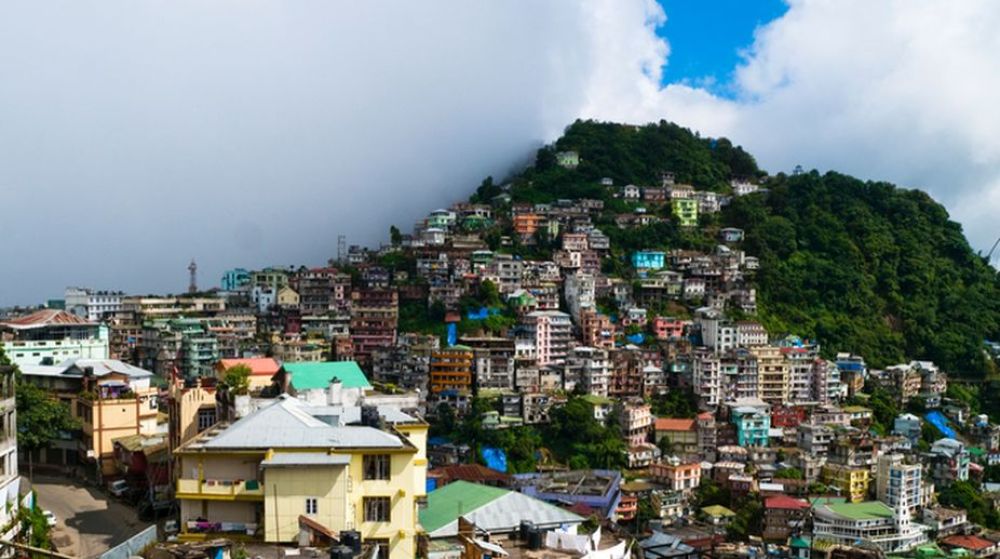

The history of tourism in Aizawl, the capital of Mizoram, is relatively recent when compared to other historical destinations in India. Aizawl was officially recognized as the capital of Mizoram in the year 1890 after the British Raj established it as the center of administration for the North Eastern region. However, it was not until Mizoram became a full-fledged state in 1987 that Aizawl began to gain attention as a potential tourist hotspot.
Tourism in Aizawl and Mizoram developed slowly because of its geographical isolation and political unrest in the past. The state was closed to foreign tourists without special permits until the early 1990s. With the improvement of the political situation and the lifting of the Protected Area Permit (PAP) regime in 2011 for certain countries, Aizawl began to see a gradual increase in both domestic and international tourists.
Initially, tourism in Aizawl revolved around its natural beauty, cultural festivals, and historic sites such as the Durtlang Hills, the World War II Memorial, and the traditional villages surrounding the city. The cultural events like Chapchar Kut and Thalfavang Kut have been significant draws for tourists, showcasing the rich Mizo traditions and hospitality.
The Mizoram State Government, recognizing the potential of tourism as a means to economic development, has been actively promoting Aizawl as a unique and offbeat destination. Efforts have been made to improve the infrastructure, with better roads, more comfortable lodging options, and the introduction of tourist-centric services.
In recent years, there has been a shift in tourism trends towards eco-tourism and sustainable travel. Aizawl, with its pristine hills and clean air, is emerging as a perfect destination for those looking to escape the hustle and bustle of city life. The city's effort to maintain its green cover and an environment-friendly lifestyle aligns well with the values of modern travelers.
Adventure tourism is also on the rise, with hiking, trekking, and bird watching becoming increasingly popular. The scenic treks to places like Reiek Mountain and the diversity of Mizoram's avian life appeal to outdoor enthusiasts and nature lovers.
The gastronomic culture of Aizawl is another growing attraction. Local cuisine is gaining popularity among food tourists looking to explore the unique flavors of Mizo dishes such as bamboo shoot preparations and Mizo Vawksa (smoked pork).
Community-based tourism initiatives have been introduced to ensure that the benefits of tourism reach the local populace. The concept of 'homestays' has flourished, offering visitors an authentic experience of Mizo daily life, while also providing a source of income for the residents.
With untapped natural beauty, a peaceful atmosphere, and a burgeoning infrastructure, Aizawl's tourism history might be brief, but its future as a renowned destination is promising and vibrant.